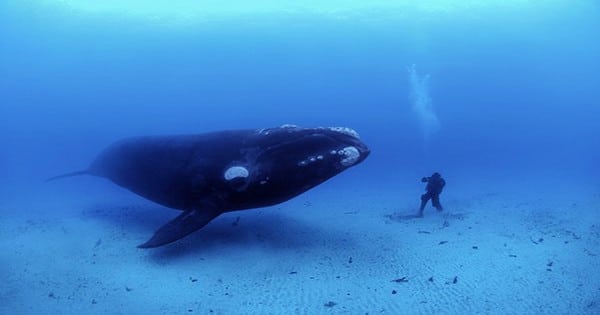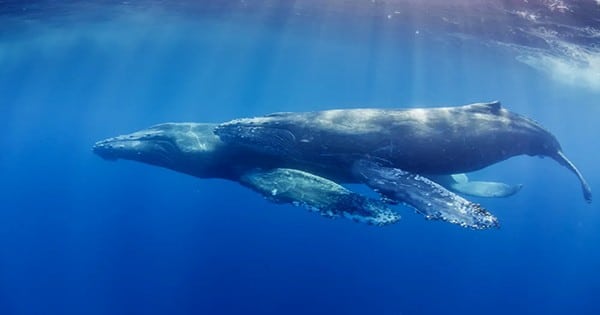A 30 million-year-old fossil whale may not be the biggest mammal of all time, according to a new study by paleontologists at UC Davis and the Smithsonian Institution. The latest findings place Perucetus colossus in the same weight range as modern whales and smaller than the largest blue whales ever documented. The paper was published on February 29 in PeerJ.
A fossil skeleton of Perucetus was unearthed in Peru and documented in a Nature article in 2023. The species existed approximately 39 million years ago and belongs to an extinct genus of early whales known as the Basilosaurids.
Perucetus’ bones are particularly thick. Mammal bones often have a solid appearance but are spongy or hollow in the core. Some animals are dense and weighty because they have more solid bones in the core. Heavy bones in aquatic animals can offset buoyancy caused by body fat and blubber, allowing the animal to retain neutral buoyancy in water or, in the case of the hippopotamus, walk on river bottoms.

The fossil whale bones show considerable infilling as well as additional bone development on the outside, a condition known as pachyostosis, which is also present in some extant aquatic species, such as manatees.
The original authors (Giovanni Bianucci of the University of Pisa, Italy, and colleagues) estimated Perucetus’ body mass to be 180 metric tons (varying from 85 to 340 tons). This would make Perucetus as hefty as, if not heavier than, the largest blue whale known, despite its reduced length of 17 meters compared to a blue whale’s 30 meters.
How do you weigh a whale?
According to Professor Ryosuke Motani, a paleobiologist at the University of California, Davis’ Department of Earth and Planetary Sciences, these estimates would make Perucetus impossibly dense.
“It would have been a job for the whale to stay at the surface, or even to leave the sea bottom—it would have required continuous swimming against gravity to do anything in the water,” says Motani.
Motani and Nick Pyenson of the Smithsonian Institute National Museum of Natural History reexamined the assumptions utilized to get those figures.
The first issue is that Bianucci and his colleagues utilized fossil bones to determine the weight of the skeleton, then extrapolated to the weight of the complete animal, thinking that skeletal and non-skeletal mass would scale at the same rate with increasing body size. However, measurements of other species contradict this, according to Motani and Pyenson.
The previous estimations also exaggerated the amount of general body mass gained as a result of pachyostomia. However, research from manatees indicates that their bodies are rather light about their skeletal mass.
Motani and Pyenson believe that the 17-meter-long Perucetus weighed 60 to 70 tons, which is significantly smaller than the known weights of blue whales. A Perucetus that grew to 20 meters may weigh more than 110 tons, but it would still be far less than the greatest blue whales, which weigh 270 tons each.
“The new weight allows the whale to come to the surface and stay there while breathing and recovering from a dive like most whales do,” says Motani.
Paleontologists have yet to uncover Perucetus’ skull or teeth, making it difficult to determine what it ate. Sustaining a large physique requires a lot of food. Bianucci and others hypothesized that Perucetus may have eaten coastal fish and shellfish, or scavenged carcasses, like some sharks do. Perucetus’s new reduced size estimate places it in the same range as sperm whales (80 tons, 20 meters long), which hunt huge prey like giant squid.














